HarmonyOS is not Android or iOS: Huawei Software Chief
Huawei announces stable HarmonyOS 3 for Nova 6 and 7 series
Huawei HarmonyOS 3.1 preparing for beta test
HarmonyOS 3 changelog for Huawei Watch 3 [Global]
Huawei Mate 40 series gets Turbo Charge mode
New Huawei P60 series cover leak reveals IR blaster and more
Huawei Watch 4 series should launch in the first quarter
Huawei, Is there any chance of EMUI 13.1?
Huawei Mate X3 launch postponed, P60 booked for the first quarter
Which non Google apps Huawei phone you purchased in 2022?
Huawei Nova Y90 gets December 2022 update
Huawei Mate 40 series gets Turbo Charge mode
Huawei Nova 5T gets 2022’s last EMUI update
Huawei P50 Pocket gets December 2022 EMUI update [Global]
Breaking: Global Huawei Watch 3 began receiving HarmonyOS 3
Download the latest Google Play Store APK [33.6.13]
Huawei Petal Maps 3.2.0.200 brings new features
Download Huawei AppGallery App (12.7.1.300)
Google Play Store 33.6.13 is up in stock
Get the latest My Huawei app [12.1.10.300]
Huawei to launch new tablet in Q2 this year
Huawei MateBook 14s Intel i9 sale begins
Huawei MateBook D14 SE notebook gets 16GB RAM version
Huawei MatePad SE and Pro 12.6 gets new memory version to Malaysia
Huawei MatePad Pro 10.8 gets November 2022 patch
HarmonyOS 3 changelog for Huawei Watch 3 [Global]
Latest Huawei tech could detect Lung infection using SpO2
Check Huawei Watch GT 2 owners’ feedback on user experience in 2022
Huawei Band 4 with SpO2 opens sale at lowest price
Huawei launches ‘Year of the Rabbit’ FreeBuds earphones engraving service
Published
on
By
Android turned its social media accounts into purple color, rooming out from its traditional green. But why? Why does Google decide to switch from green to purple?
On August 10, Samsung launched its latest foldable devices on August 10, packed with the latest Android 12L. As a large screen device, Samsung Galaxy Z Fold 4 promotes some new unique features derived from Android 12L such as the new multitasking taskbar.
This new taskbar has an app layout similar to a computer and allows you to access the recent apps in an instant to make multitasking an instant. It also supports gestures and could turn an app to full screen or shrink a full screen with ease.
With this launch, Samsung enabled purple as its default color instead of black and DPs to purple.
What happened:
Since Samsung has been so far the biggest promoter of Android and a big player in the Android world. It’s obvious that Android will support Samsung in return for hiking up its sales volume and promoting its products.
In support, Android has changed covers and logos on Twitter and Facebook and also posted the following statement onboard. 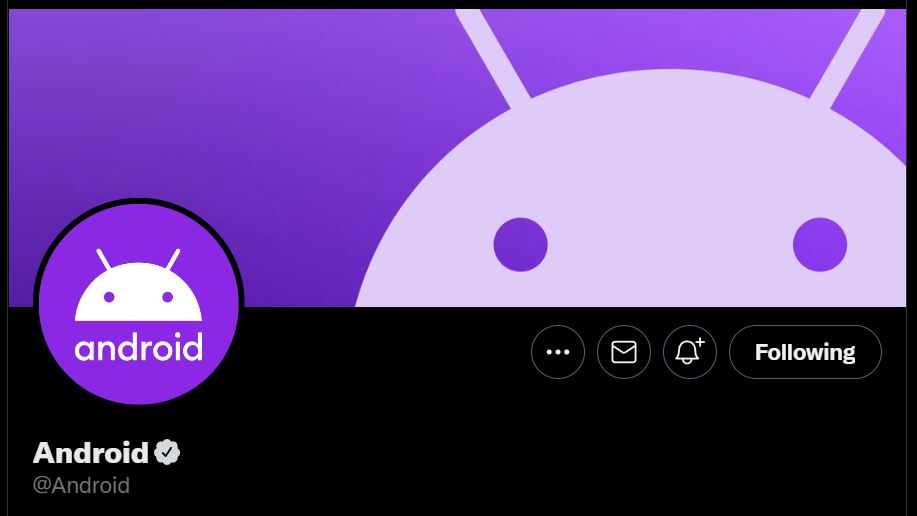
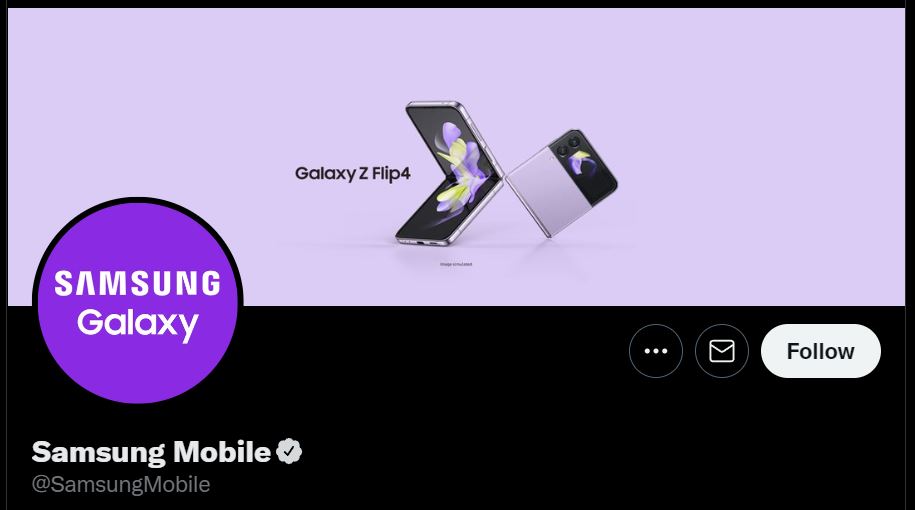
“Android is goin’ Purple today. Shoutout to Samsung – big things coming. #SamsungUnpacked”
Android is goin’ Purple today. 👾 Shoutout to Samsung – big things coming. #SamsungUnpacked https://t.co/P3BOA5Xl3Q
— Android (@Android) August 10, 2022
Android is goin’ Purple today. 👾 Shoutout to Samsung – big things coming. #SamsungUnpacked https://t.co/P3BOA5Xl3Q
— Android (@Android) August 10, 2022
What does it show?
In the past few years, Samsung’s uprising has brought this Korean phone maker closer to Android and its integration for Google Mobile Services as well as new features have been dropped first in Samsung devices.
Hence, it has been so far, the first case user of the latest features powered by the Android ecosystem. On the b-side, Google also purchases new technologies through Samsung such as chipsets and display panels for pixel devices.
Is it temporary?
Yes, it’s temporary, Android will turn green as the day passes or when Google decided to wear back the traditional green.
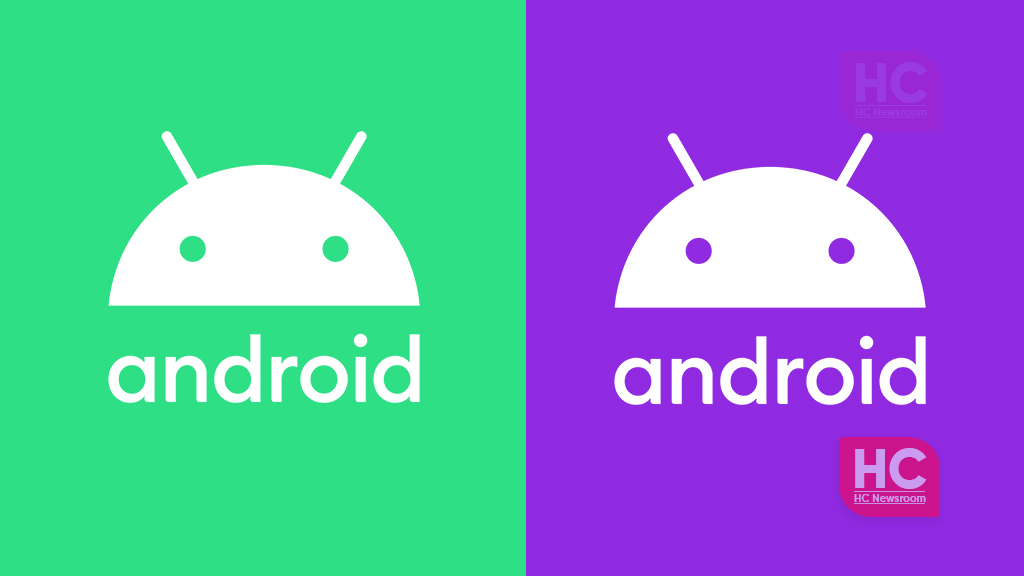
Huawei to return dual flagship launch tradition in 2023
Huawei MatePad Paper HarmonyOS update optimizes display effect
Most of Deng Li’s smartphones are from the Huawei ecosystem and his first Huawei phone was Ascend Mate 2 (4G). As a tech enthusiast, he keeps exploring new technologies and inspects them closely. Apart from the technology world, he takes care of his garden.
HarmonyOS is not Android or iOS: Huawei Software Chief
TSMC will rip off Samsung for 80% of 3nm chipsets
Despite being an Android babyface, Samsung failed to understand dynamic theme in 2022
Published
on
By
Huawei is the largest network equipment maker. After the U.S. ban, the company has reduced reliance on related components. Adding to this, a recent teardown reveals that there is only 1% of U.S. components are now under work in the latest Huawei 5G base station.
A teardown coming from China reveals that 5G Huawei small base stations (5G small cell, covering areas ranging from tens of meters to 1 kilometer) use the lowest proportion of American components at 1%.
A detailed report on this matter has a further description of the components. More than half of the overall components used in the 5G Huawei base station are made in China. This is 7% more than Huawei’s large 5G base stations.
Looking back to 2020, a 5G teardown showed an estimated cost of 1320 USD, of which, the Chinese component accounted for 48.2 percent and 27 percent U.S. components.
Key components of Huawei base stations include the main semiconductor made by HiSilicon at 42 USD, memory made by Samsung Electronics at 3.20 USD, Storage device made by Cypress Semiconductor (U.S.) and Winbond Electronics (Taiwan), Field Programmable Gate Array (FPGA) made by Lattice Semiconductor and Xilinx (US), Semiconductor for power control made by Texas Instrument and ON Semiconductor, and Circuit protection parts are made by TDK (Japan).
The chipset used in the small 5G base station is printed by Taiwan’s TSMC before the U.S. ban and is part of the chip inventory saved by the Chiense tech giant. It is due to the fact that 5G base station shipments are smaller than the millions of shipments of smartphones.
Furthermore, Huawei’s 5G small base stations are using analog chips with Huawei’s LOGO. So these could be the company’s self-developed chipset but the manufacturer is still unknown.
Interestingly, analog chips require low-process technology as compared to logic chips.
Research firm Omdia reveals that the shipment of 5G small base stations is estimated to reach 2.8 million units in 2024, which is 3.5 times higher than in 2020. It is noted that the small cell market, the Asia-Pacific market accounts for more than 50% of the total, and China is the largest market among them. 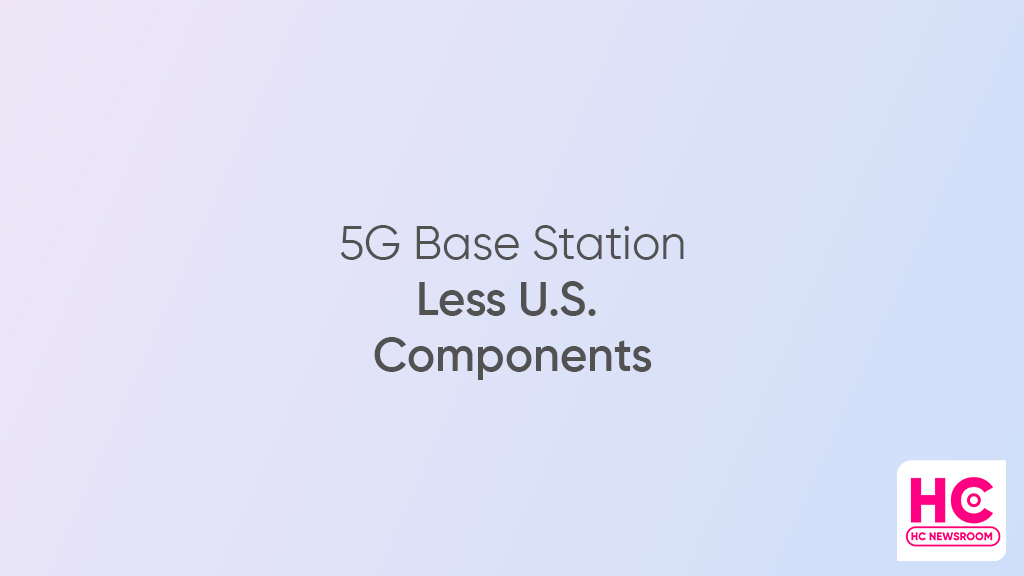
(source)
Published
on
By
Huawei FreeBuds series train ran late in 2022 and the wait for FreeBuds 5 is extending further as its launch continues to delay while we are still waiting.
Let’s jump to the story, Huawei first drew a line for FreeBuds 5 to launch alongside Huawei Pocket S but the company internally pushed the launch event. Last November, a report revealed that Huawei will launch FreeBuds 5 in the same year. However, it didn’t happen at that time either.
After all, Huawei Freebuds 5 has been delayed for too long, and a new one should be released this year. But the question is when?
In 2021, Huawei launched FreeBuds in May and the company expanded the FreeBuds 4 in the global market. Since we had an entire year ahead. Huawei rolled out the FreeBuds 5i in 2022, there are a number of aesthetic upgrades that we’ve seen in this mini version.
Despite a missing confirmation on the launch date, Huawei FreeBuds 5 should get a booking alongside the Huawei P60 series. This would be a perfect occasion to unveil this pair of earbuds.
Still, we’re waiting for an official announcement from Huawei. Until then, let’s take a look at some of the specs from the last version.
Huawei FreeBuds 4:
Huawei FreeBuds 4 comes with open-fit active noise cancellation 2.0. It has adaptive ear-matching technology to detect your in-ear shape and how you wear the earbuds. Then it smartly selects a variety of noise-cancellation presets.
Huawei FreeBuds 4 brings two aesthetically awesome colors – Ceramic White and Silver Frost. These earbuds are light and each of them weighs just 4.1 grams.
There are gestures and tap support, tap twice to answer and end calls, play/pause music, previous/next song or enable voice assistant. It has a swipe up and down to increase or decrease volume.
These earbuds include a special touch of tap and hold, which allows you to enable or disable noise cancellation.
This FreeBuds device is a battery powerhouse, it will boast 22 hours of battery with a charging case and ANC off. While you will get 4 hours from FreeBuds only.
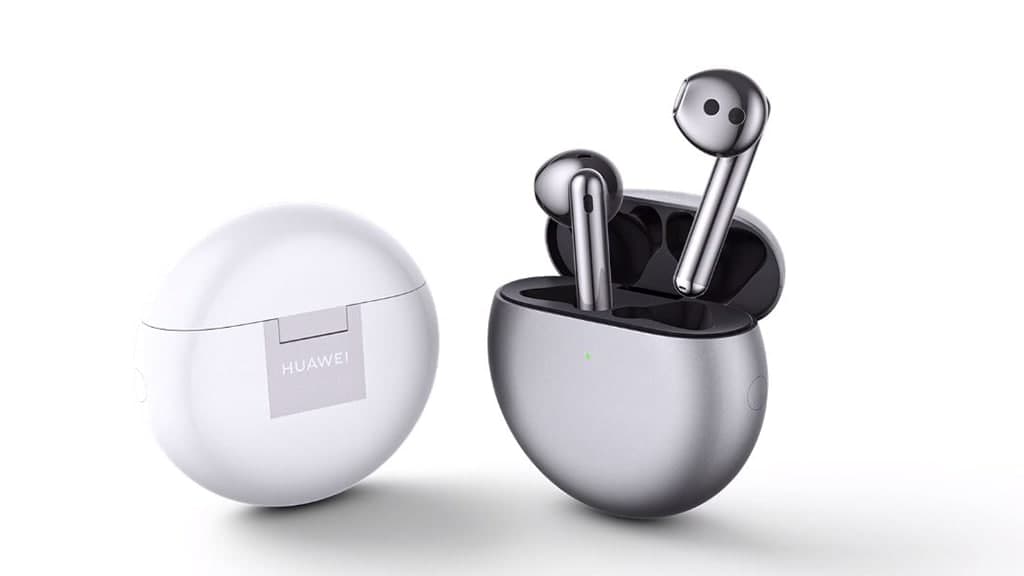
Published
on
By
During CES 2023, Intel launched the 13th Gen Intel Core mobile processor including Intel Core i9-13980HX. which is the first 24-core processor for a laptop. The new H-series processors bring computing possibilities for gamers and creators with up to 5.6GHz turbo frequency. It is the highest clock speed available for the laptop market.
Intel also unveiled the 13th Gen Intel Core P-series and U-series mobile processors. These are designed for ultra high performance on the go in sleek, thin systems.
These processors boast up to 14 cores (6 Performance-cores, 8 Efficient-cores) and the enhanced Intel Thread Director. These also include new Intel Iris Xe Graphics features for endurance gaming, XeSS Super Sampling, and Intel Arc Control. 13th Gen Intel Core mobile processors have Intel Evo designs built to also feature long battery life.
According to Intel, select designs based on these processors will feature the Intel Movidius vision processing unit (VPU).
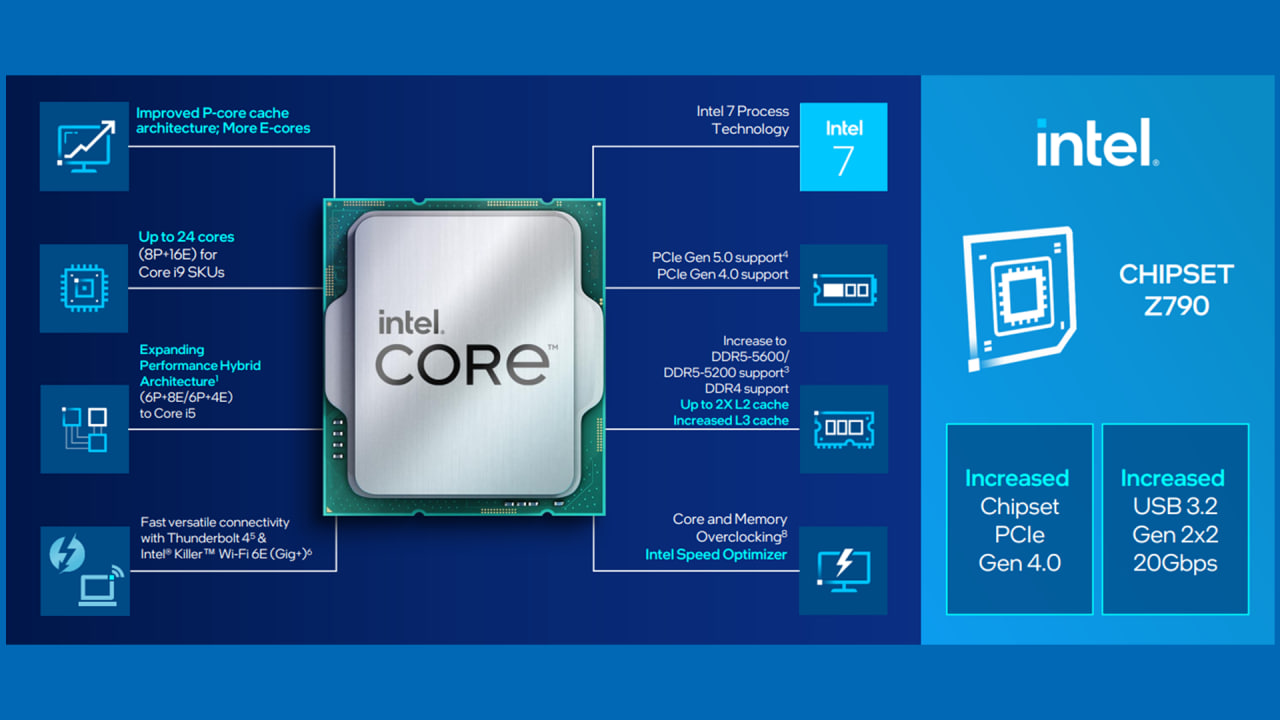
In addition to the 13th Gen Intel Core desktop processor family, Intel also unveiled the new 35-watt and 65-watt SKUs to provide mainstream PC users with power efficiency, while delivering improved performance in gaming, creation, and productivity.
In addition, Intel also showed off brand new Intel Core i3 in the N-series for educators and students, entry-level computing and IoT edge native applications.
Notably, this new version of Intel I3 brings new Efficient-cores built on the Intel 7 process technology, up to 28% improved application performance and 64% better graphics performance over the predecessor. Furthermore, the chipset will deliver extended connectivity with Intel Wi-Fi 6E (Gig+) and Bluetooth 5.2.
Copyright © 2022 Huaweicentral.com